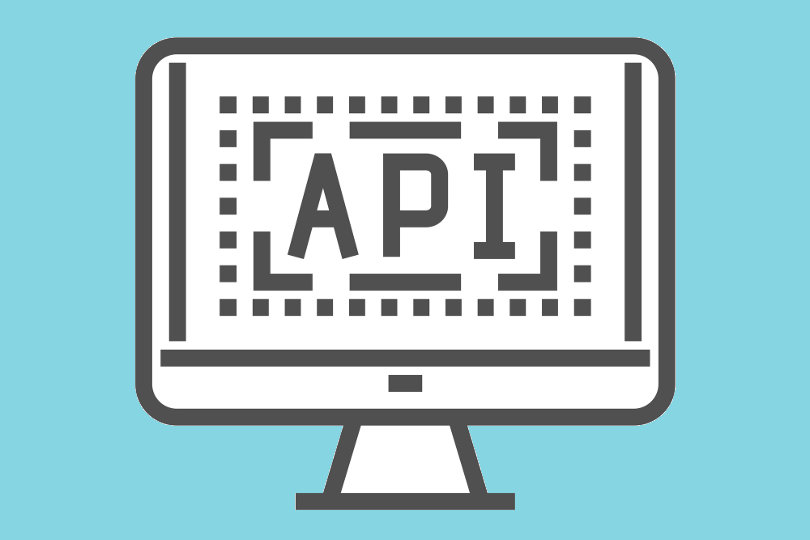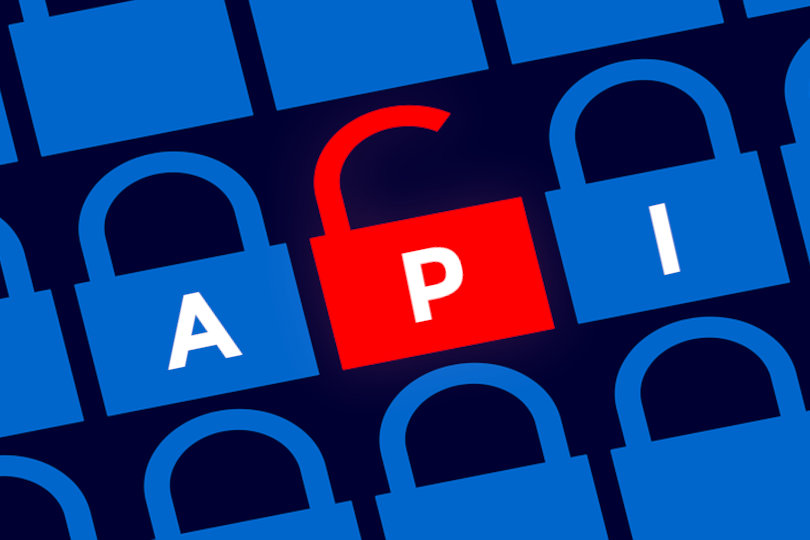Web security strategies most commonly focus on web applications. But APIs can frequently be missed.
An API, short for application programming interface, refers to the software intermediary allowing applications to communicate with one another. They are open endpoints exposing application functionality to the world outside, and allowing developers to interact with applications even if they don’t necessarily have an in-depth knowledge of the structure of an application – or the desire or ability to write custom code.

In short, a web API is a web developers’ dream – allowing them to extend the functionality of a website without a whole lot of extra work. YouTube’s API, for instance, makes it easy to play videos on different websites, while PayPal’s API allows eCommerce websites to utilize PayPal for online payments. Were APIs such as this not readily available, the development process would be considerably more challenging and costly.
Unfortunately, as with many vital pieces of online infrastructure, our reliance on web APIs also makes them attractive propositions for attackers to target. What makes them a developers’ dream can also make them a nightmare.
Web APIs can have vulnerabilities that allow them to be harnessed by attackers. Since web APIs are designed to be accessed by scripts, this can make attacks both easier to carry out and more impactful in terms of their effects.
The risk of a major attack coming via API – for everything from code injection to Man in the Middle (MITM) attacks – is the perfect illustration of why the right Web Application and API Protection (WAAP) tools are a necessary part of today’s cyber security landscape.
API attacks are increasing
According to Garnter, in 2022 API attacks will become the most common vector for attacks.
There are multiple reasons why this may be the case. As noted, APIs are everywhere – with ProgrammableWeb noting that there are now more than 24,000 public APIs, and many organizations using vast numbers of APIs as part of their offerings. This, in turn, means a large attack surface for would-be bad actors to pursue. APIs are also designed to be open and well documented, thereby making them more attractive to attackers.
Couple that with the fact that many APIs have security vulnerabilities in some form – whether that allows for data exfiltration, privilege escalation or even full account takeovers – that mean that successful API attacks can cause considerable damage.
One big challenge for those defending against API attacks is that attacks can be tougher to protect against. APIs represent a direct window into specific actions or resources, and it can be difficult to work out whether API calls are legitimate or malicious. This is why traditional firewalls are not necessarily effective protection against attacks on web applications and web APIs, since these attacks use the same web ports and protocols as genuine users, making it challenging to filter out malicious traffic.

Protecting against API exploits
Nonetheless, it is essential that organizations protect against API exploits. To begin with, organizations should assess their total inventory of APIs, including their payloads and functions. Test any production APIs for possible problems relating to broken authorization, beginning with the most critically sensitive endpoints.
It’s also crucial that APIs that are public-facing are properly secured as part of the development process with a system. Making sure that the right authorization and authentication principles are adhered to can be useful in helping to avoid the potential ill-use of APIs.
You should additionally ensure that administrators, developers, and any other relevant parties are aware of the risks associated with APIs and their common vulnerabilities – whether that’s SQL/script injections or authentication issues. Even can additionally try out custom API integration services to ensure the protection.
Use WAAP and RASP protection
One of the smartest steps any organization can take is ensuring that they have Web Application and API Protection services in place to protect both web applications and APIs alike against attack.
WAAP services include a plethora of tools for helping with this tool. That includes a Next-Generation Web Application Firewall (Next-Gen WAF) that uses behavioral analysis and artificial intelligence (AI) to block attacks, Runtime Application Self-Protection (RASP) for offering real-time defense against attacks on APIs and web applications, malicious bot protection, advanced rate limiting, context and data-aware protection for microservices and APIs, and much more.
WAAP tools have been a major advance when it comes to the ability to defend against API attacks.
Sadly, attacks on APIs are only going to increase. It is an unfortunate reality of today’s cyber security landscape, and one which seems highly unlikely to reverse at any time in the near future. Fortunately, as discussed, the tools are there to help.
By seeking out cyber security experts to help deploy safety measures such as WAAP, businesses and other organizations around the world can safeguard both themselves and their users.







